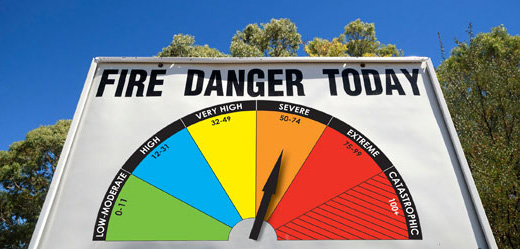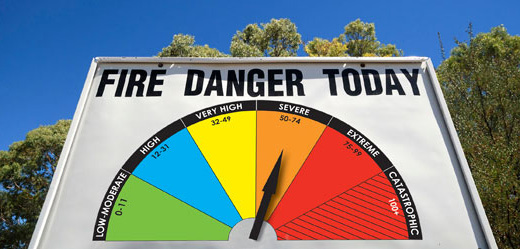
Although bushfire season may be slightly delayed this year due to heavier rainfall than usual during the winter and spring months, the bushfire risk as we head into summer is even higher. The increase of rainfall that we've experienced in Western Australia causes more vegetation and undergrowth to flourish, which will then dry out during the warmer months and result in a higher than average fuel load that can cause longer and more intense bushfire risk.
Read our tips below to make sure you're taking the right precautions to keep your family and home protected.

